Ferns - Fall Planting
Aug 30, 2024
Ferns: Planting, Growing and Caring
Have you ever thought of having ferns in your landscape? Ferns are versatile plants that will add form and texture to your garden. You can have them in a basket or as a ground cover for your outdoor space. It's an excellent way to spruce up your garden.
Here's everything you need to know about planting and caring for ferns.
What is the best wat to plant ferns?
Ferns come in a wide variety but have the exact planting requirements. However, some do well in light conditions or certain climate conditions. Before planting, check the USDA hardiness zones for the fern you want to have outdoors.
Here's how you should plant a fern:
Fall is a great time to plant ferns.
Your climate zone will determine when you need to plant your ferns. If you live in areas with temperate climates, you can plant ferns year-round.
Ferns do well in locations with shade. Give it more water if your fern species can do well with partial sunlight. It will compensate for the heat.
Moist soil is a must-have for the ferns. That is true even for the drought-tolerant fern varieties. Dig a hole that is two times the fern's root. Get the fern from the pot and place it in the hole. Make sure you don't disturb the roots. Keep the ferns two feet apart. Place two inches of mulch on the soil. Leaf mold or pine bark locks in moisture and will prevent weed growth.
Caring for Ferns
The plants come in different shapes, sizes, and textures. Despite the variety, you can care for them in the same way. The ferns will be an excellent addition to your outdoor space. Your ferns should be under a shaded canopy. It is also necessary to water your ferns after transplanting. The plants do well in soils with a pH of 6.0 to 7.0. As for the fertilizer, you'll only need to add compost to your soil.
Regular Watering
Dry soil is unsuitable for your ferns, so water them regularly. The top five inches should remain moist if you want to have a healthy plant. If the area needs more rainfall, the only option left is to water your plants.
Ferns aren't affected by pests, unlike other plants. However, slugs can cause tremendous damage to the fronds. Have a barrier around the ferns using diatomaceous earth or crushed eggshells to prevent the slugs.
Growing Ferns
The first thing you have to do is choose the right location for the fern. If you have a sun-loving fern, choose a sunny location. A shady spot is ideal if you have a shade-loving fern.
Ostrich Fern
The ostrich fern has bright, feathery leaves that are bright green and finely divided. They do well in the shade and will add value to your garden.
Plant ostrich ferns in the right area, and you won't have to worry about anything else. If it's a dry area, water the plants. But beyond that, there is no trouble from these plants. The problem you will have with the ostrich ferns is controlling their growth.
As for the light, the plants do well in areas with dense canopy. Partial shade will ensure the plants do well. Avoid placing them in direct sunlight, as it can dry the fronds.
Ostrich ferns need a lot of moisture. Constant access to water will prevent the plants from drying out. However, avoid using too much water, as it can lead to root rot. Never allow the soil to dry completely. If you put the ferns in a container, you must water them often. The soil in forest habitats has organic matter that gives plants their essential nutrients. Ostrich ferns perform well in rich loam soil with compost.
Christmas Ferns
The Christmas ferns are low-maintenance, highly adaptable, and will cover your garden all year round. The leaves are coarse and thick. Once you spot the right location, you won't have any trouble with your Christmas ferns. All these plants need is just a little care.
Since they are planted in the house, they need more care. Provide moisture and keep away from direct sunlight. The plants thrive in partially shaded locations. If indoors, you need indirect light and should put it near a window. The best time to plant your Christmas fern is early in the fall, just before the first frost or after the last frost in the spring.
Make sure the soil is dry but not wet. Once the Christmas ferns have established themselves, they need a little water. The soil for this type of fern is dry to medium in moisture, but it can do well in different soil types. Neutral to acidic soils are ideal for Christmas ferns.
The ideal temperature for growing Christmas ferns is between 50 and 70 degrees. If you grow them indoors, ensure the environment is humid. Christmas ferns need little or no fertilizer. To boost your garden, you may go for fertilizers like camellia.
Cinnamon Ferns
The ferns do well in partial or full shade but can still perform well in the sun. The moist wooded area is an ideal location for planting cinnamon ferns. The plant's leaf color is determined by how much moisture it receives. If you want the leaves to be green, water them more. Well-draining soils are ideal for the cinnamon plant. The plants need acidic soil with a pH level between 4 and 6.5.

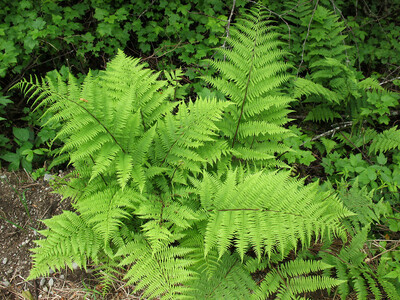 Native Ferns
Native Ferns
 Native Mosses
Native Mosses
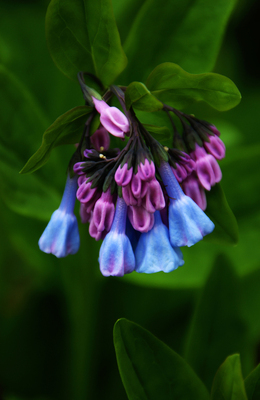 Native Perennials
Native Perennials
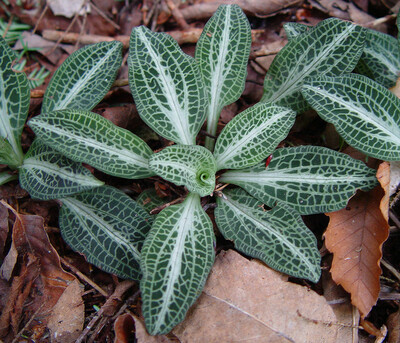 Native Ground Covers
Native Ground Covers
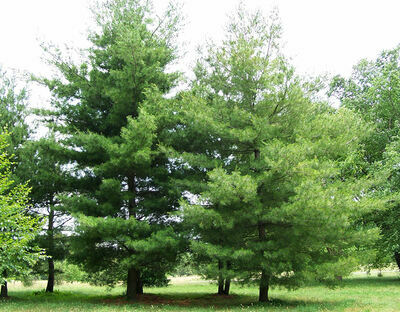 Native Trees
Native Trees
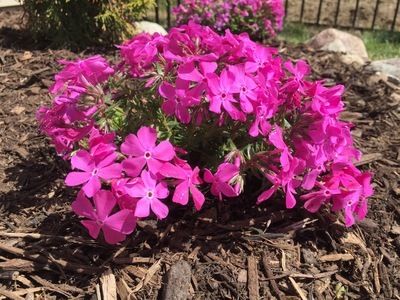 Shop By Zone
Shop By Zone
 Flowering Groundcovers
Flowering Groundcovers
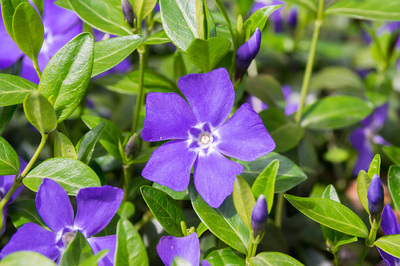 Evergreen Groundcovers
Evergreen Groundcovers
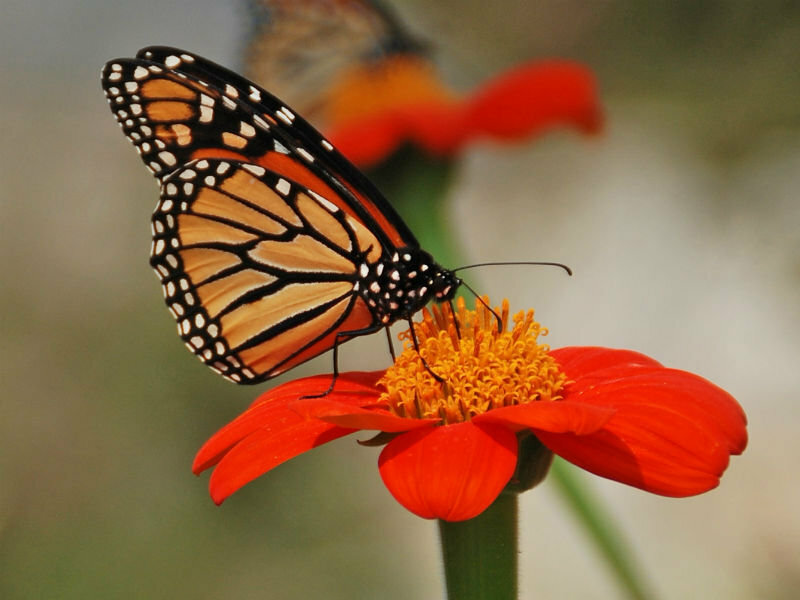 Pollinators
Pollinators
 Shop Bloom Color
Shop Bloom Color
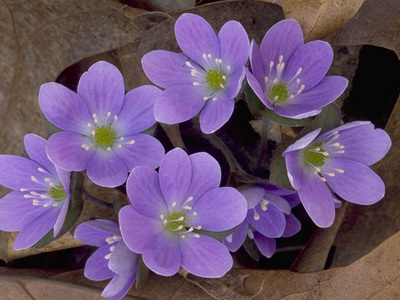 Perennials By Zone
Perennials By Zone
 Medicinal Herb Plants
Medicinal Herb Plants
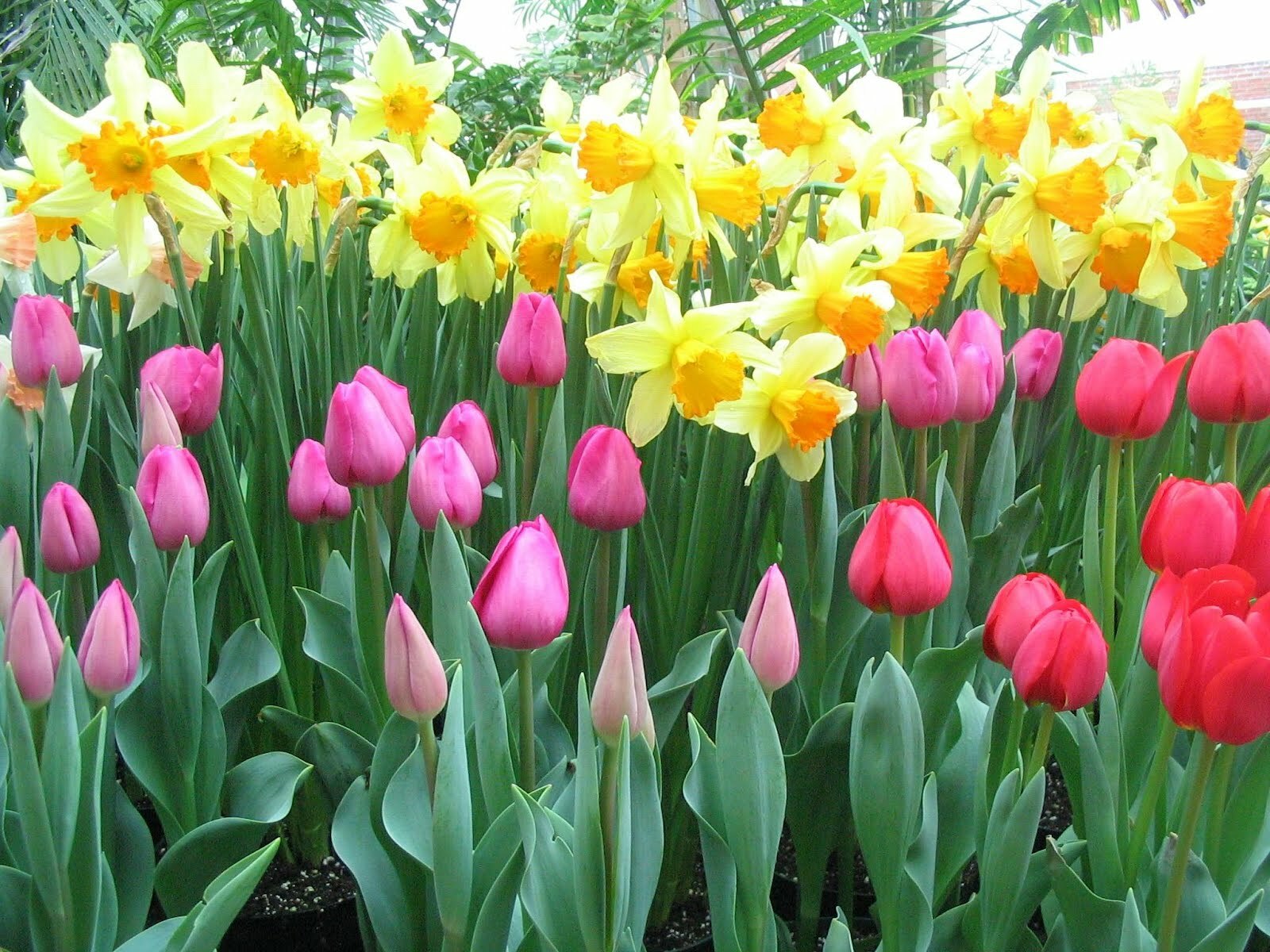 Spring Bulbs
Spring Bulbs
 Trillium
Trillium
 Ferns for Zone 3
Ferns for Zone 3
 Ferns for Zone 4
Ferns for Zone 4
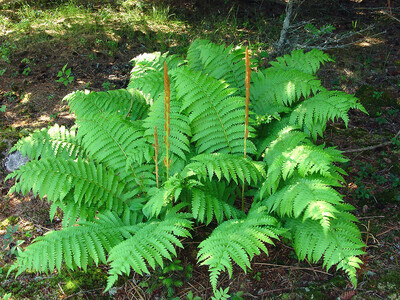 Ferns for Zone 5
Ferns for Zone 5
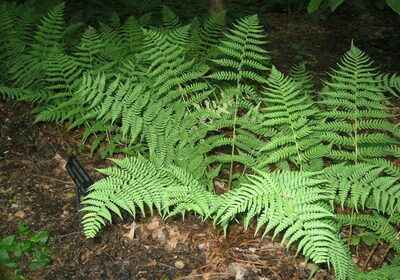 Ferns for Zone 6
Ferns for Zone 6
 Ferns for Zone 7
Ferns for Zone 7
 Ferns for Zone 8
Ferns for Zone 8
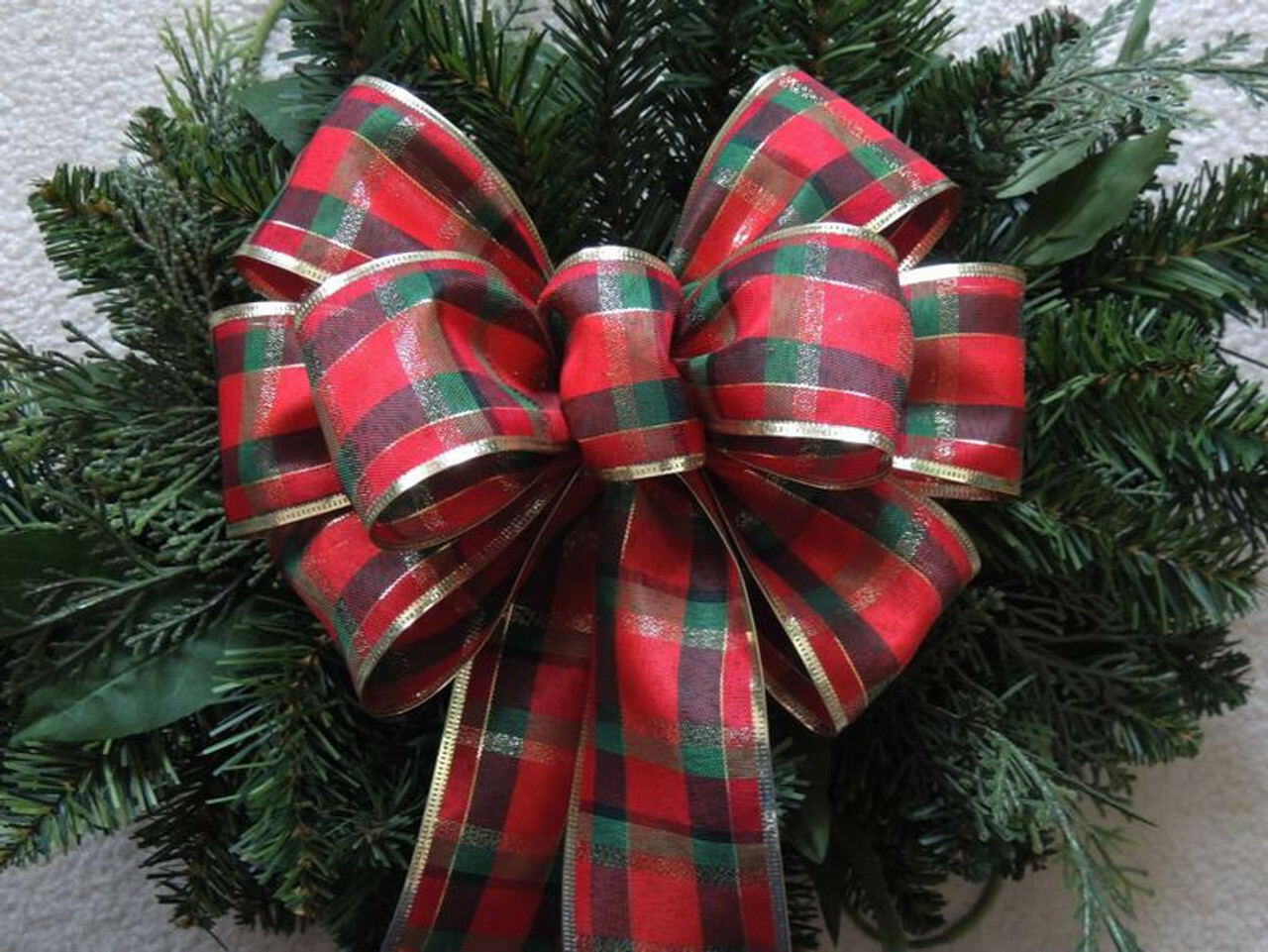 Christmas bows
Christmas bows
 Fresh Wreaths
Fresh Wreaths
 Garlands
Garlands
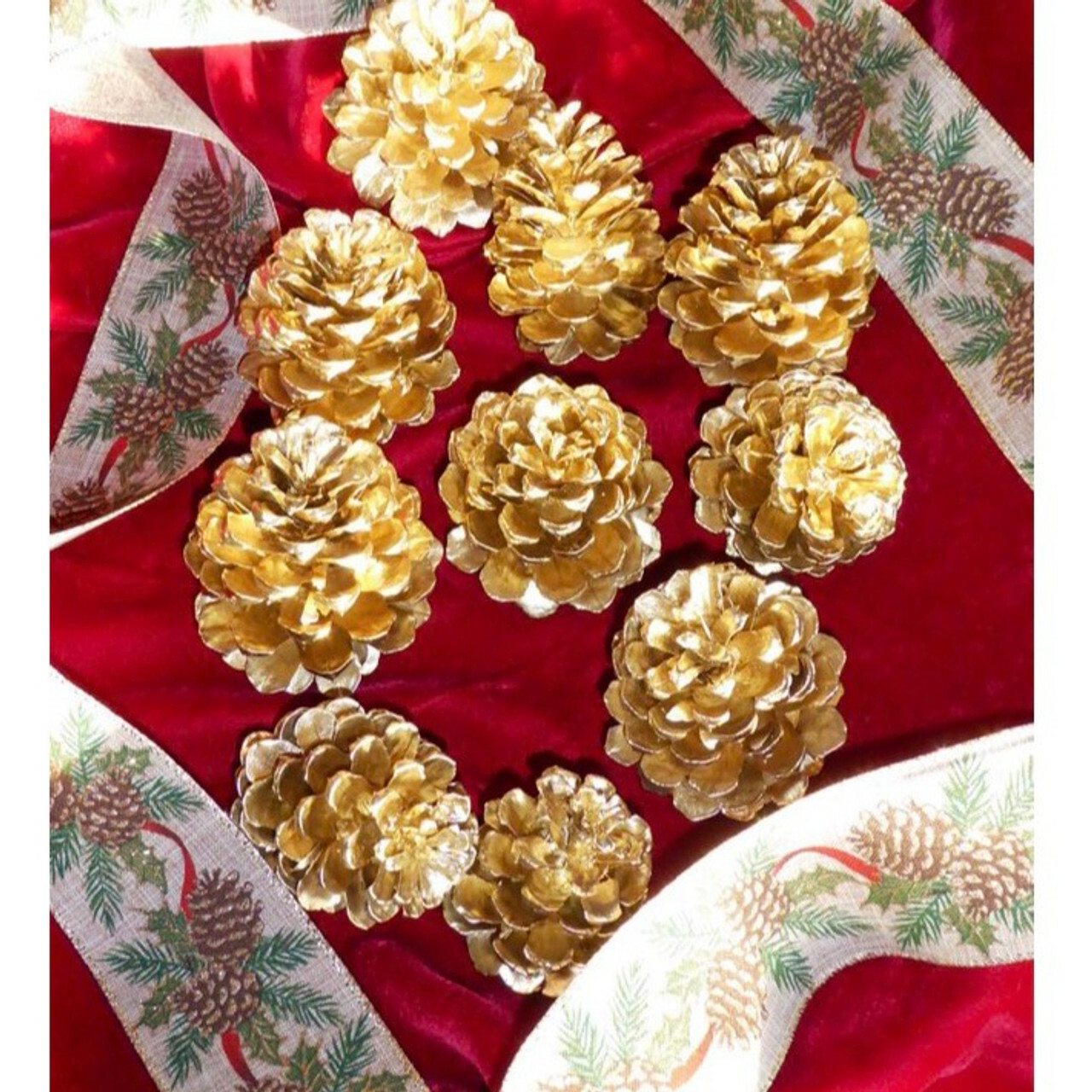 Large Pine Cones
Large Pine Cones
 Live Mistletoe
Live Mistletoe
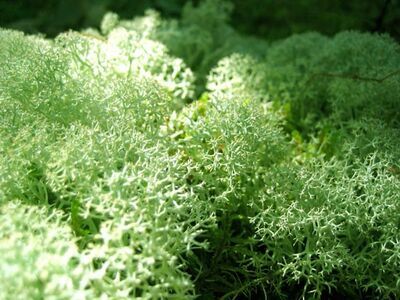 Moss
Moss
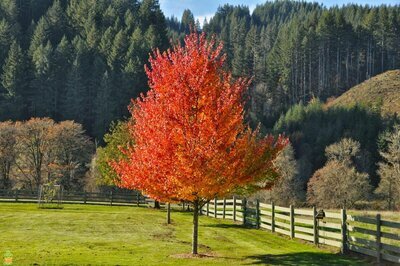 Shop Trees By Zone
Shop Trees By Zone
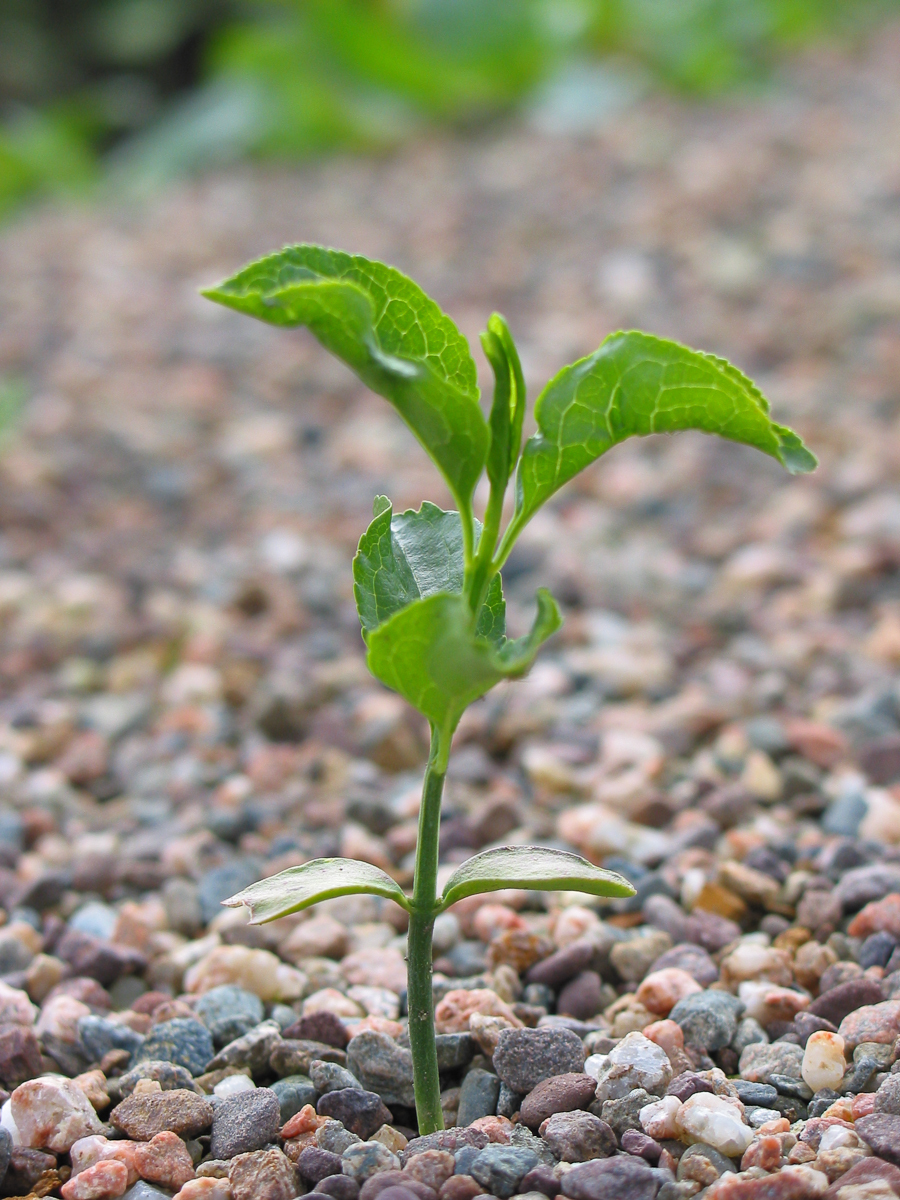 Tree Seedlings
Tree Seedlings
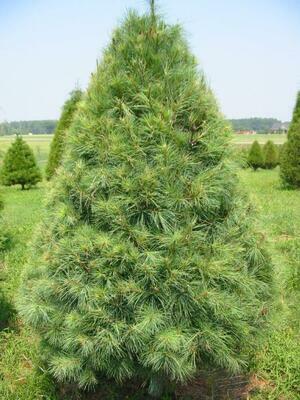 Fast Growing Trees
Fast Growing Trees
 Pine Trees
Pine Trees
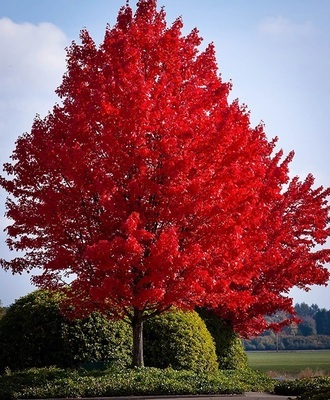 Live Stakes
Live Stakes
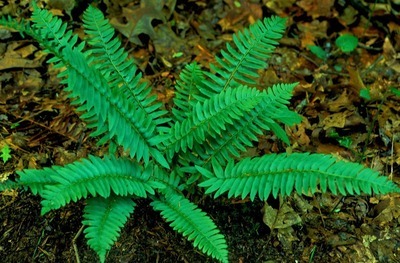 Evergreens
Evergreens
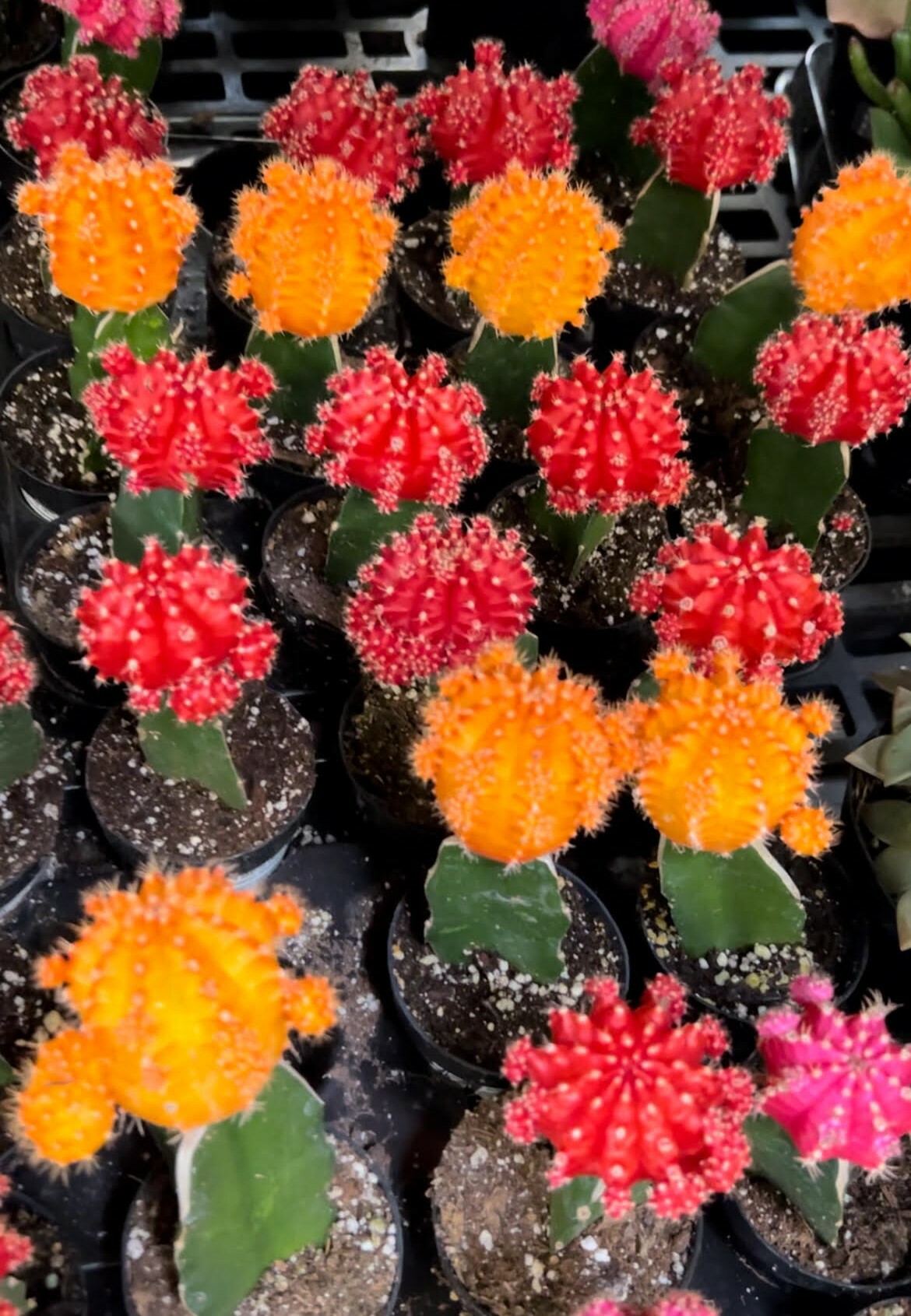 Cactus
Cactus
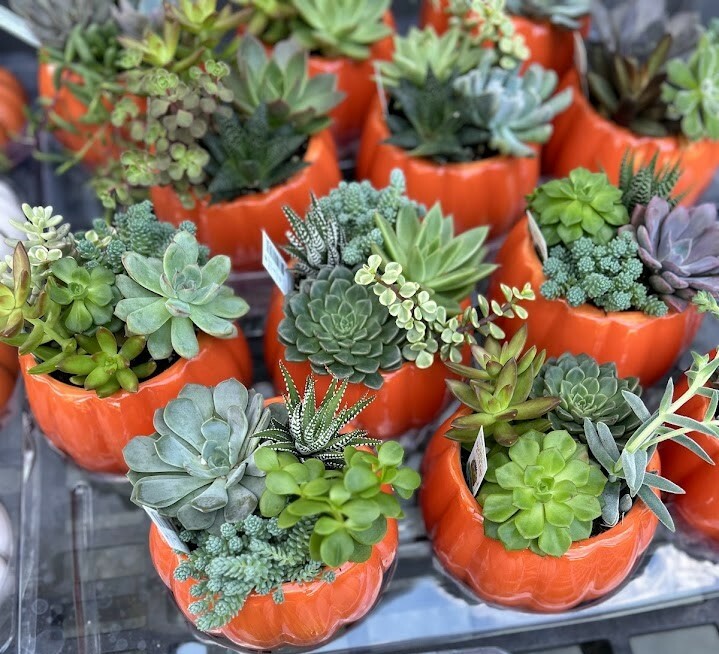 Combos
Combos
 Echeveria
Echeveria
 Haworthia
Haworthia
 Sedum - Stonecrop
Sedum - Stonecrop
